Time is an interesting concept. Formless and ever-changing as we drift through it, but it's a hard dimension like any other, including the other three we know and love.
X,Y,Z and T sit in another set, some of which are co-planar and some of which cut them, leading to various effects we can perceive, and I gather there are 11 of them in total. Energy itself is a dimension; a torsion or a slope we are not aware of that can twist matter around an axis until it breaks, leading to all kinds of trouble as matter is formed of packets of it sitting in a well. Distort the well, the container, enough and the energy spills. Its material form relies on the shape of the container - information that is stored in dimensions other than the ones we can touch - and as matter is simply a collection of identical units in an arrangement it's fairly obvious how this works. XYZ are hardware, T and the others are software that make energy do something by intersecting with the well and applying force on it to give it form. Arranged energy...
There is only only universe (that we are aware of), which is why it's called a universe. It's unitary... Because it is all there is there must be nothing else, so surrounding it must be infinite nothing, or, it is itself infinite.
This latter theory bothers me greatly, all of our physics only works with the concept of totality, in which infinity is by nature incalculable. It blows a nasty big hole in the idea that we can grok the universe by taking it apart and summing the parts for their difference, the only way we know to discern arrangement from inside the well. If it goes on forever, so does the amount of energy available to configure.
Thats a bit like building a calculator that only goes up to a thousand; you may as well not bother using it for anything substantial, like figuring a universe. One may as well believe God made the lot with his bare hands, and its not for me to say he didnt either.
So I suppose the buzz is infinity does indeed have a beyond in either case. ;-)
Perception of the well
If the universe really works like that then we are looking at it all wrong. The train of thought is that we are surrounded by the universe and it spreads out in all directions because we are inside it. That's constrained three-dimensional thinking though. Objects only have a top and a bottom, front back and sides because they are three dimensional and thus contain their inside, they have boundaries. If you want evidence that there is more, we cannot explain fields in these terms; these intersect matter using somewhat arbitrary rules, have no boundaries and dont even appear to rely on it's presence at all.
If you take an object that is hollow and has an opening, you can turn it inside out. This again is dimensional thinking. If you imagine a cup with a projected image on it, the image can slide up the inside, through the inside and down the other. It doesnt actually have an inside at all, its a single plane surface wrapped into the shape of a cup and could equally be a solid sphere of clay. This of course would not contain water in it's well because it doesnt have one and it's only the dimension of gravity - which direction and strength - that defines an inside in relation to it.
There's a class of shape that defies this rule, known as a parahedron. A cube is a simple one, and demonstrates the properties easily:
It has 6 faces, each of which has four sides that each share a pair of vertices, meaning the faces each have two neighbours. To flatten this out requires separating some of the faces from each other. Obviously if you separate them all it falls into squares, so there is a logical minimum of breaks you can make keeping a single plane and still make a valid cube from it. There has to be at least two faces sharing two others for this to happen.

Neither of these will fold into a cube for example, but this will.
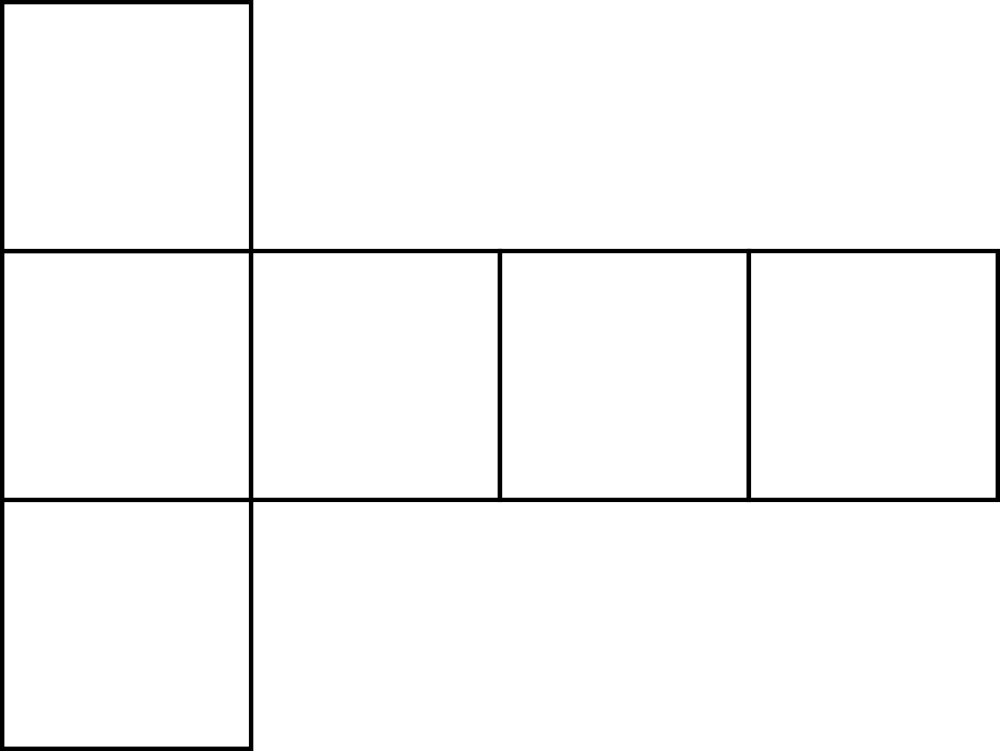
And so will any of these, with any one red and blue square. There are others, but they all share the same properties.
The Perimeter of a tessellated cube is the same as it's manifold, and it is one-dimensional. It has no height or width but it does have length. Because the cube is a three dimensional object the manifold describes a hyperplanar trajectory across it's surface while retaining its planar form so that the length is accommodated.
Our universe is a skin with a manifold in the same way, and we live in that manifold. Everything on one side of the interface is past, everything on the other is future and the interface, which is always in motion, is the present. This is how the future and past appear to be the same, but one hasnt happened yet, and in between is the now joining them together.
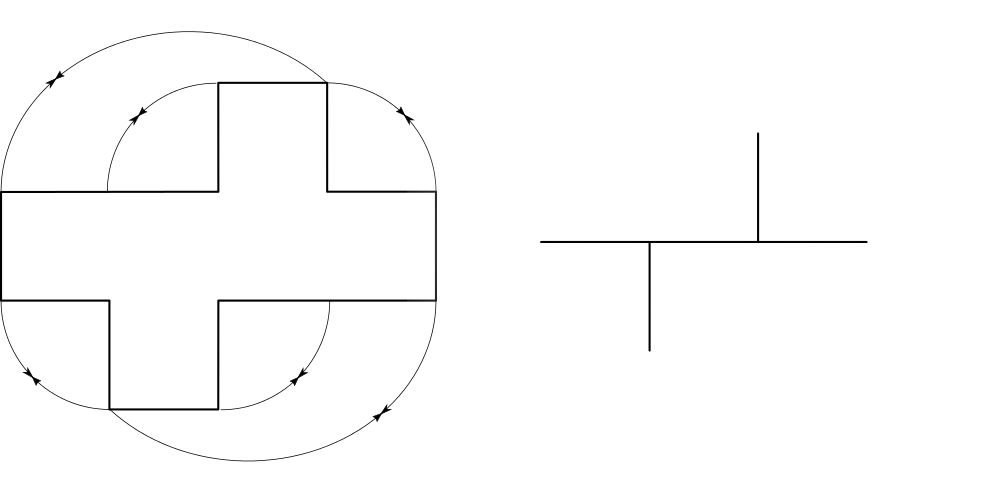
The interface looks like this in a cube formed from a plane like on the left. The figure on the right shows it as a manifold - a single dimension surrounded infinitely by its other two. The universe's three dimensions also behave this way, and the manifold is the part we touch and see. Obviously that manifold can be any physical shape, so long as it's dimensions remain the same the manifold is completely unaware of this.
Because the universe is curved and not cubic like our coordinate systems we measure points between it in a straight line, but this doesnt actually give real distance. You might think that equidistant points on the surface of a sphere are the same distance apart but they may not be. They are separated by hyperbola that intersect the surface. This means that inflexible plane surfaces can occupy forms that cant contain them directly.
Like for example curving a single sheet of paper into a sphere with just one cut in it, and at least one fold.
Instead of folding the cube along the intersections, you can instead fold around them in a hyperbolic curve allowing extra-planar movement so that it forms a sphere (Sort of. With better resolution using more folds, this approaches a true sphere better.)
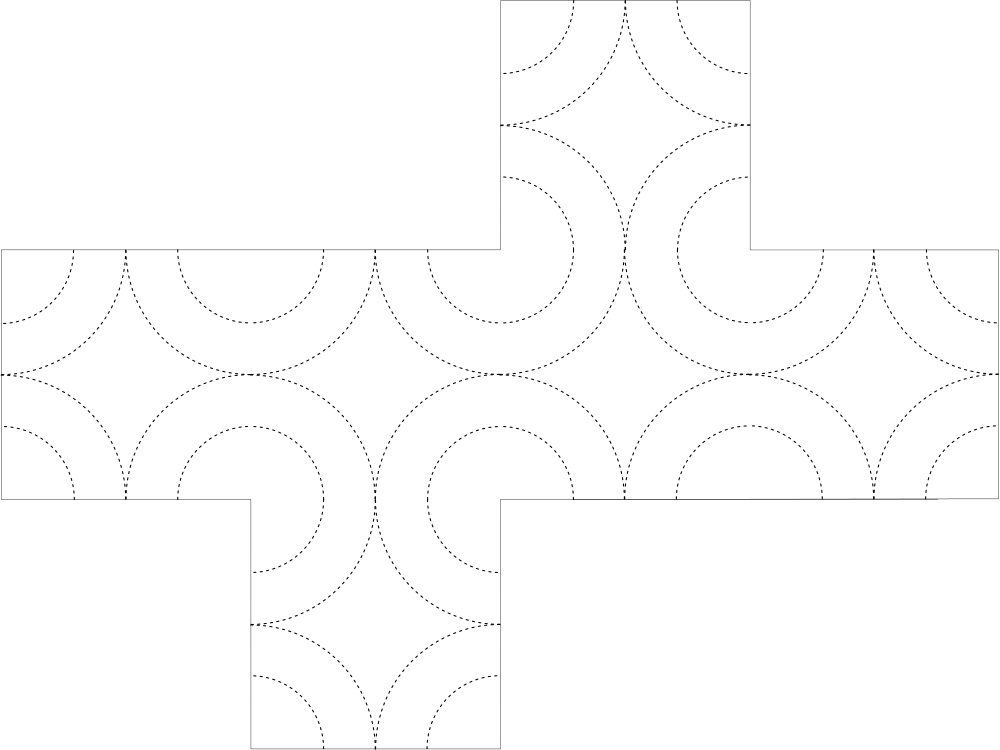
Interestingly a crucifix is one of these ancient mathematical proofs. I find it fascinating that the symbols we use to worship our gods are invariably universal proofs of something physical... It wasnt deliberate but this one happened to be cruciform.

I've put copper tape on the surface of it before scoring and lapped the edges over so I can solder the seam into a solid object.
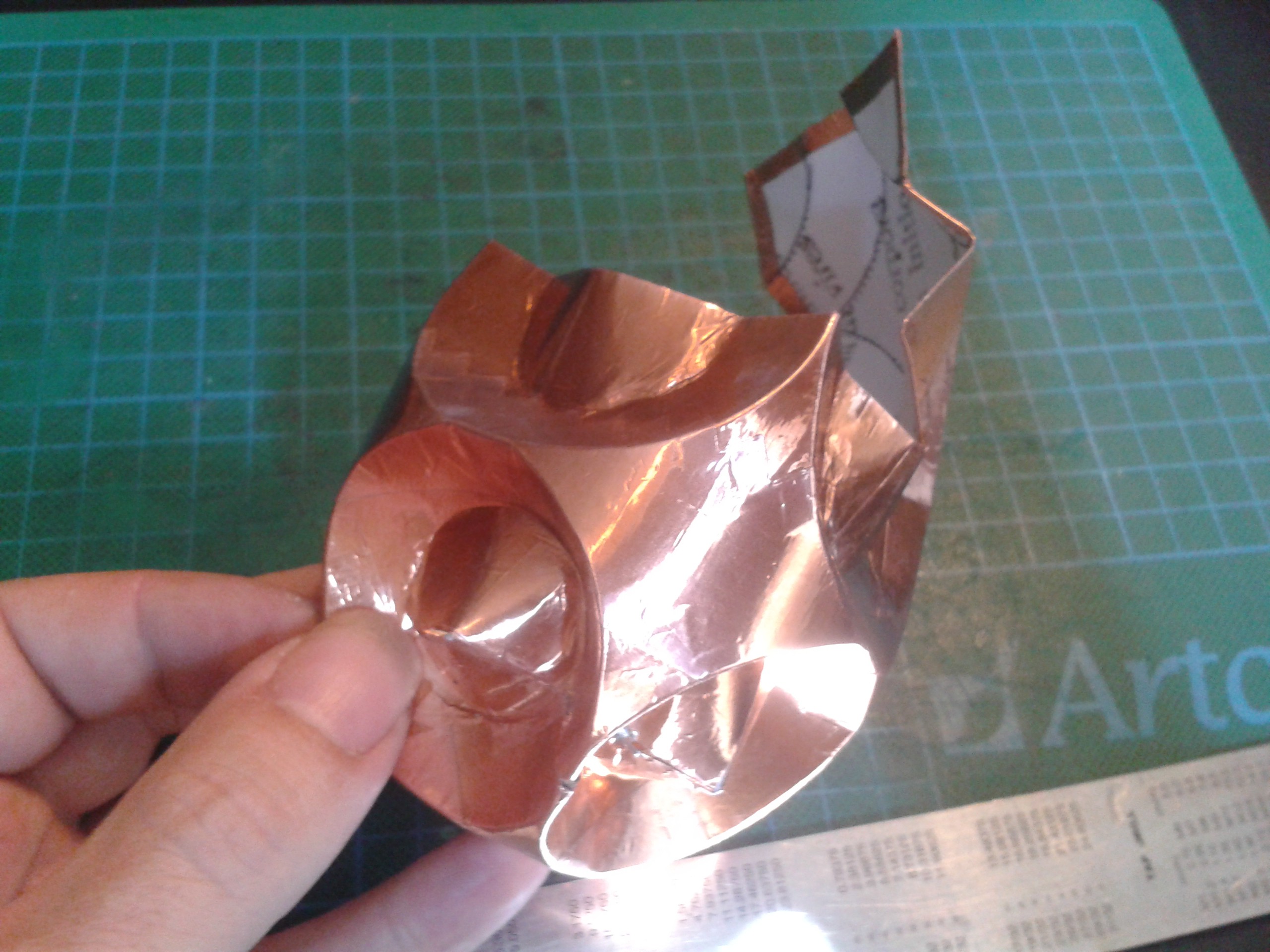 I dread to think what hatched out of here. You bring back stuff from other dimensions, its just asking for trouble ;-)
I dread to think what hatched out of here. You bring back stuff from other dimensions, its just asking for trouble ;-)
One cut, one fold, one world.
 A single sheet of cardboard with a single simple perimeter cut formed into a ball with no overlaps, all the edges meet exactly.
A single sheet of cardboard with a single simple perimeter cut formed into a ball with no overlaps, all the edges meet exactly.Morning Star
During the Holy Wars a little-known but much feared weapon arose. It consisted of a stave with a large metal ball on the end, armed with flanges or spikes in each quadrant. It got its name from the fact that carried upright by infantry and cavalry it looks like a star, but it is an ancient European design and the etymology is a translation from the Germanic Morgenstern, which was probably the family name of its designer. It's a form of Mace, and an ornamental sceptre usually carries one as a result. How this managed to get mixed up with Venus, which I am named for rather than this beastly device is a mystery but there you are.
Kind of in celebration of my new-found status, having clobbered my mortal enemies with typical thoroughness, I decided a bit of pomp was in order. Morning.Star needs something symbolic of it, so thats what I chose.
Morning Star's Metal Balls
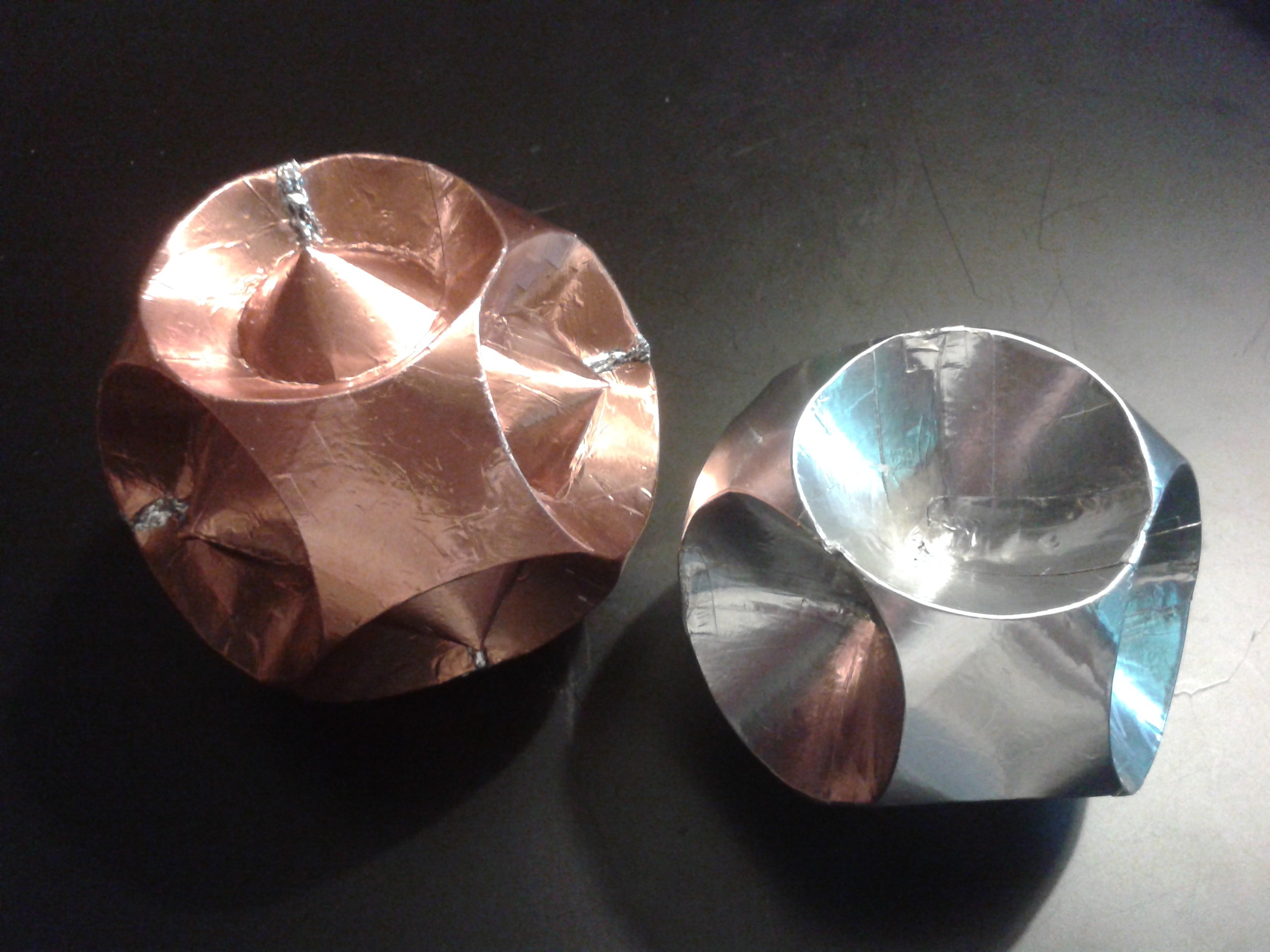
 Morning.Star
Morning.Star
Discussions
Become a Hackaday.io Member
Create an account to leave a comment. Already have an account? Log In.